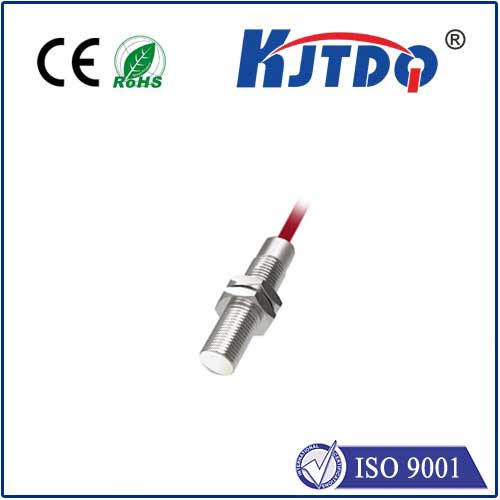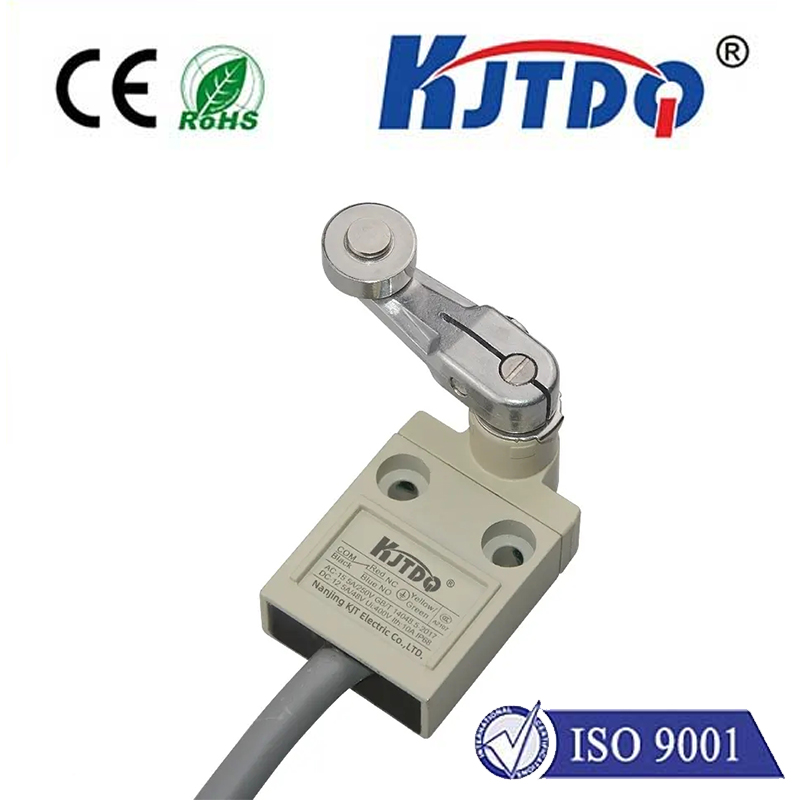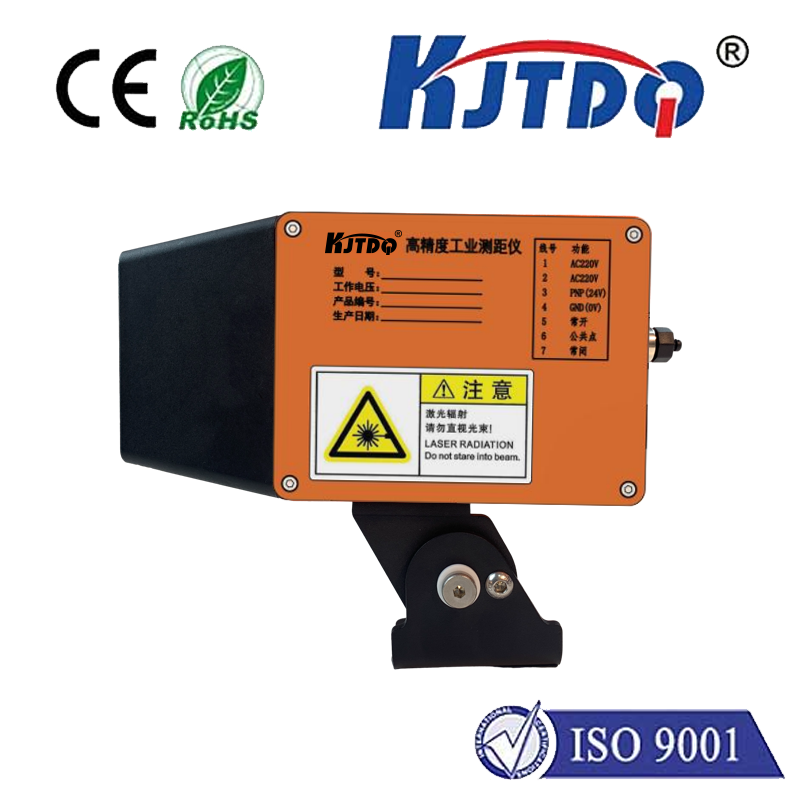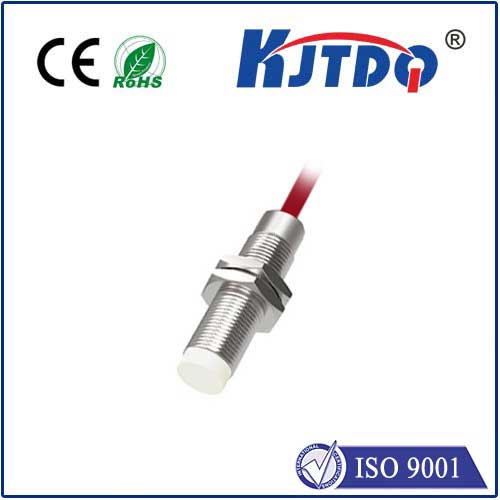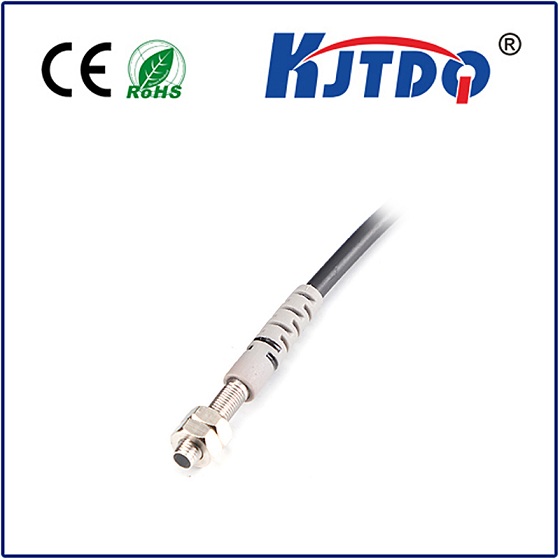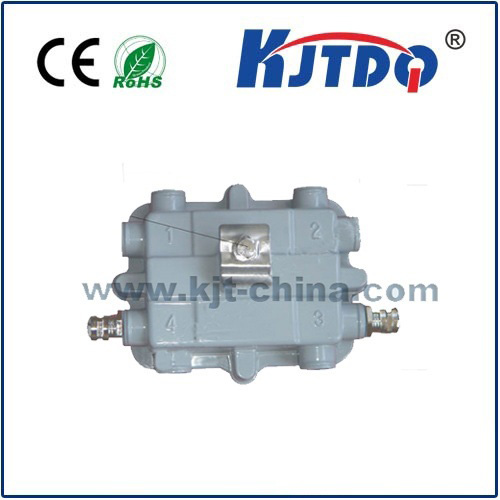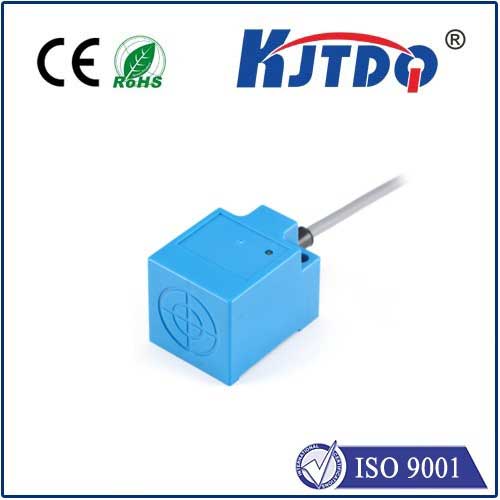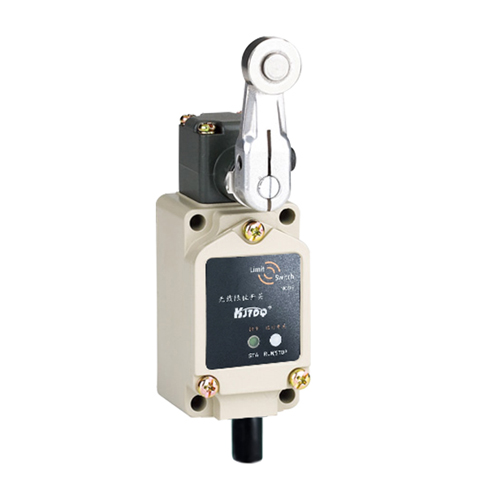

check

check

check

check

Title: The Technology of Proximity Capacitive Sensors In today’s fast-paced digital world, technology continues to advance at an unprecedented pace. One such technological advancement that has been gaining traction in recent years is the use of proximity capacitive sensors. This innovative technology is revolutionizing the way we interact with our devices and is paving the way for a more intuitive and user-friendly experience. In this article, we will explore the technology of proximity capacitive sensors, their applications, and their benefits. What are Proximity Capacitive Sensors? Proximity capacitive sensors are electronic components that detect the presence of an object without any physical contact. They work on the principle of electrostatic induction, where a change in the electrical field caused by the proximity of an object alters the capacitance of the sensor. This change in capacitance is then measured and processed by a microcontroller or other control system to determine the object’s distance from the sensor. The Advantages of Proximity Capacitive Sensors One of the key advantages of proximity capacitive sensors is their non-contact nature. Unlike mechanical switches or buttons, which require physical contact to operate, proximity capacitive sensors can detect objects from a distance. This makes them ideal for applications where hygiene is critical, such as in medical devices or food processing equipment. Additionally, proximity capacitive sensors are less susceptible to wear and tear, making them more reliable and longer-lasting than traditional mechanical components. Another advantage of proximity capacitive sensors is their ability to detect a wide range of materials, including metals, plastics, glass, and even human skin. This versatility allows them to be used in a variety of applications, from industrial automation to consumer electronics. Applications of Proximity Capacitive Sensors Proximity capacitive sensors have found widespread applications across various industries due to their versatility and reliability. Some common uses include:

